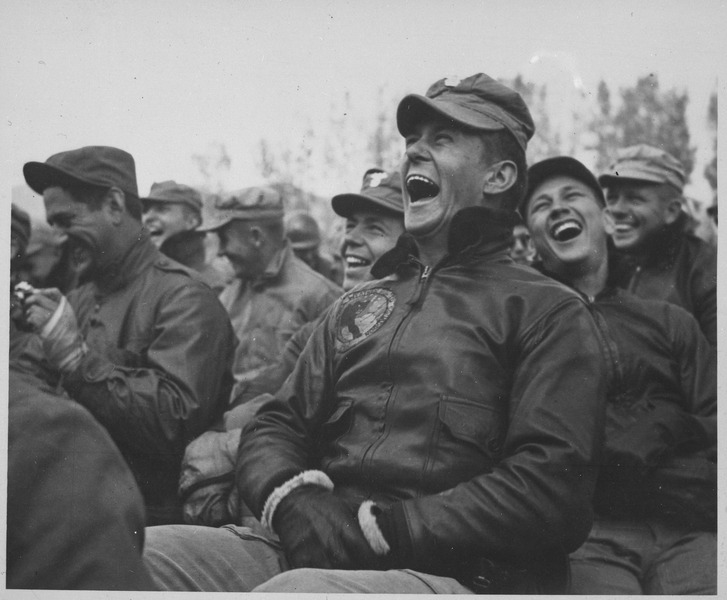
“It’s obviously gratifying to find a part of the story that hasn’t been told.”
U.S. NAVY HISTORIANS are inching closer to solving a mystery dating back to the closing days of World War Two.
Since 1945, the final resting place of the wreckage of the American warship USS Indianapolis has eluded investigators. But now an official with the Naval History and Heritage Command (NHHC) at the Washington Navy Yard has uncovered a report that may help pinpoint the wreck’s position.
Seventy-one years ago this Saturday, the 10,000-ton Portland-class cruiser was sunk by the Japanese submarine I-58 approximately 250 miles north of the island of Palau. The warship, which had only days earlier delivered the components of the Hiroshima atomic bomb to the island of Tinian from the United States, was sailing to rejoin the fleet at the Filipino island of Leyte when she was struck on the starboard bow by two torpedoes. The explosions occurred shortly after midnight on July 30, 1945. Within 12 minutes, the Indianapolis capsized and sank taking down more than 300 of her crew. An estimated 880 managed to abandon the stricken ship. Because of the the top secret nature of the Indianapolis’ mission, officers aboard refused to send a distress signal. As a result, the admirals had no idea the vessel was lost and no rescue operation was mounted. For four days, the survivors bobbed about in the Pacific slowly dying of thirst and exposure; hundreds fell prey to packs of ravenous sharks. It wasn’t until Aug. 2 that a U.S. Navy patrol plane spotted men in the water and radioed for assistance. By that point, only 321 of the crew were still alive.

Earlier this week NHHC historian Dr. Richard Hulver announced that he’d uncovered an eyewitness account from an American ship that crossed paths with the Indianapolis just prior to the sinking. A crewman of the Landing Ship Tank (LST) 779 recorded his vessel’s encounter with the ill-fated cruiser hours before it was torpedoed. Hulver’s investigation of the landing craft’s own log corroborates the account.
“It’s obviously gratifying to find a part of the story that hasn’t been told—to discover a new part of an important episode in U.S. naval history,” said Hulver. “The LST-779 data sheds new light on where Indianapolis was attacked and sunk.”

Hulver’s discovery has been added to the Navy’s official online resource about the sinking of the Indianapolis.
Over the years, investigators have repeatedly attempted to locate the wreckage of the doomed cruiser. One expedition was launched as recently as 2005. It failed to discover the vessel.
A handful of Indianapolis’ remaining veterans, all now in their 90s, met earlier this month for a reunion, something ship’s survivors have been doing regularly since 1960.

The story of the disaster, which was the subject of a 1991 made-for-television film entitled Mission of the Shark: The Saga of the USS Indianapolis, will resurface next month in the form of a Hollywood epic entitled USS Indianapolis: Men of Courage.
Nicolas Cage will play Indianapolis skipper Charles McVay, the only American ship commander to face a court martial for losing a vessel from enemy action.
McVay, would eventually be exonerated, but carried the shame of the sinking with him for the rest of his life. For years, he was frequently harassed by the families of lost crewmen. He committed suicide in 1968.










